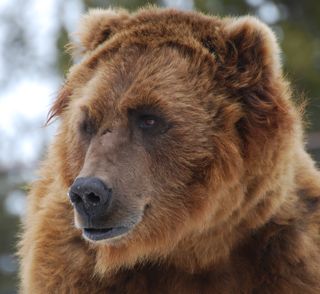 Imagine Yellowstone National Park without grizzly bears roaming through its forests. Or desert bighorn sheep missing from the landscape of Arches or Canyonlands.
Imagine Yellowstone National Park without grizzly bears roaming through its forests. Or desert bighorn sheep missing from the landscape of Arches or Canyonlands.
The National Parks Conservation Association (NPCA) just released the report “Climate Change and National Park Wildlife: A Survival Guide for a Warming World.”The report features profiles of eleven wildlife species in parks and the serious threats they face from climate change. Mark Wenzler, director of clean air and climate programs at NPCA states: “The effects of climate change on wildlife are already visible in our national parks. If we don’t begin to act, many species may go extinct.”
In Yellowstone, a tiny beetle may decide the fate of the kingly grizzly bear. Whitebark pine nuts provide a valuable food source for the bears. A beetle that destroys the whitebark pine tree has gained a considerable foothold in Yellowstone because of the effects of climate change. In some parts of the Greater Yellowstone ecosystem, beetles have destroyed up to 90 percent of the trees in whitebark pine forests. Removing this important component of the grizzly bears’ diet puts considerable stress on the species that could ultimately lead to extinction.
Although the report raises the alarm about the perils grizzly bears and other wildlife face from climate change, it also promotes a call to action and proposes solutions. The introduction lists five steps needed to safeguard America’s wildlife from climate change, and each wildlife story outlines specific strategies to combat the problem. Mark Wenzler also views this crisis as an opportunity for positive change: “Decisive action now can help bring about a more hopeful future for wildlife and ourselves.”
You can view the full report on NPCA’s website.
